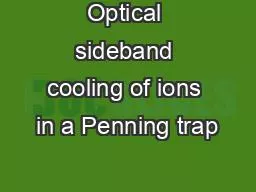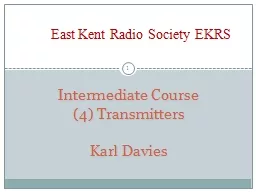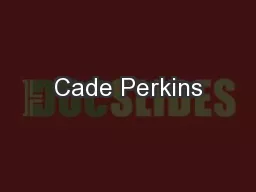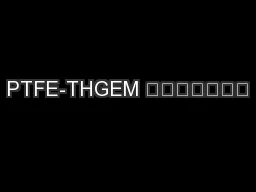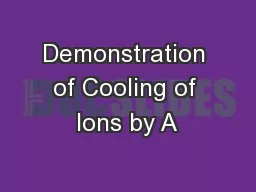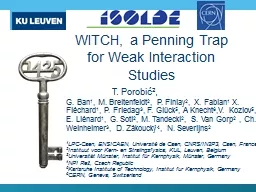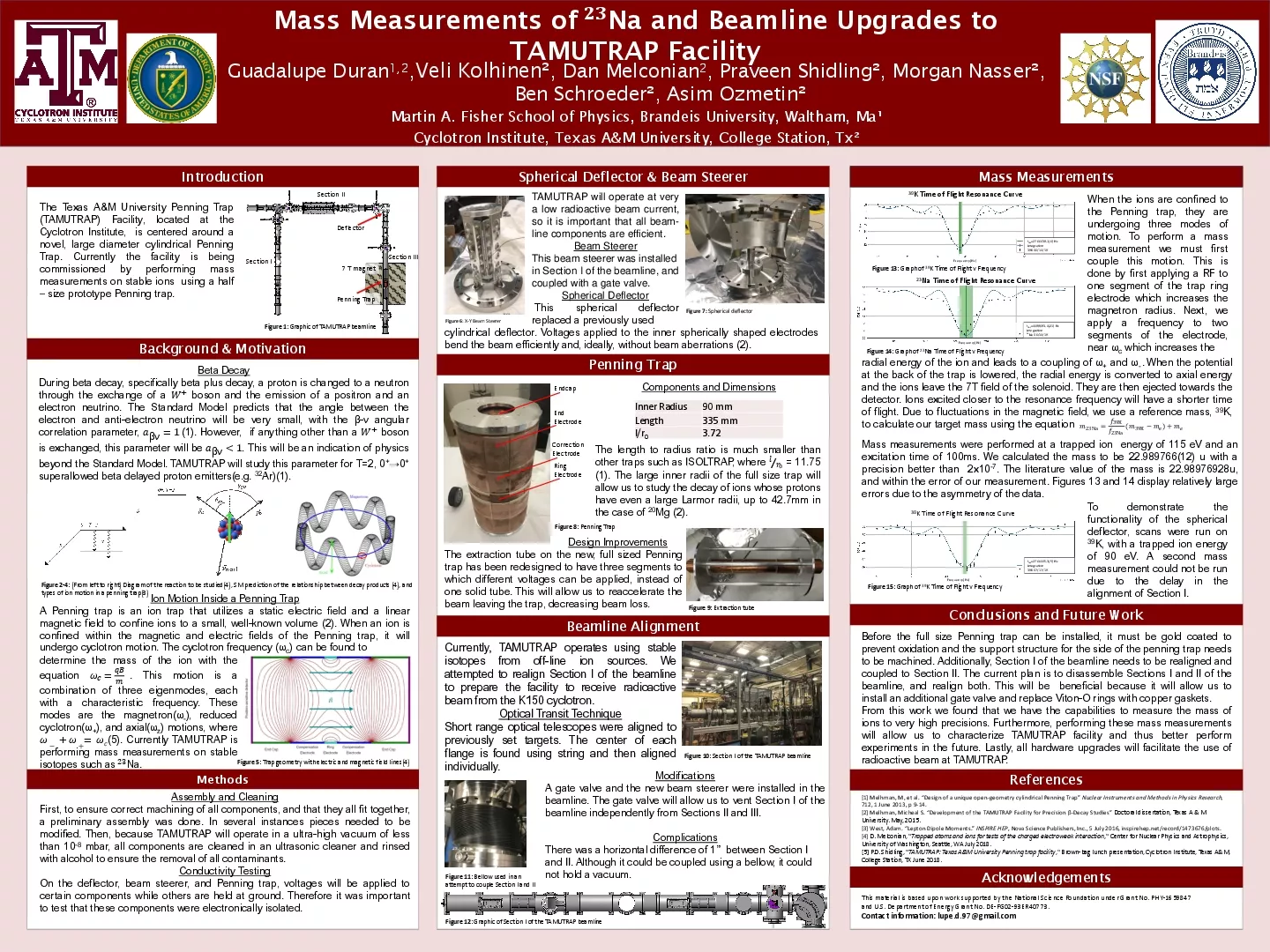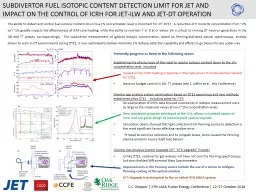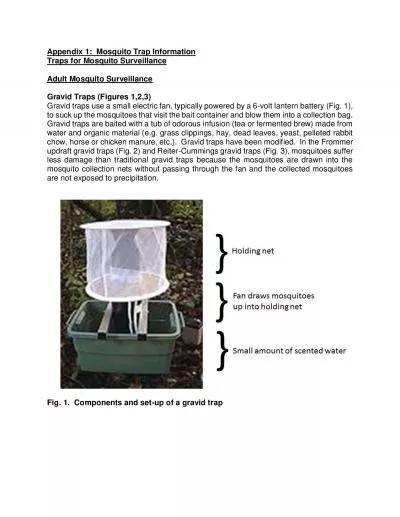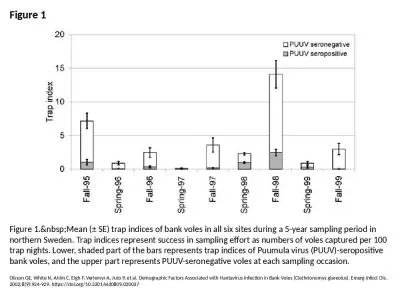PPT-Optical sideband cooling of ions in a Penning trap
Author : pattyhope | Published Date : 2020-06-17
Richard Thompson QOLS Group Imperial College London wwwimperialacukiontrapping People involved in this work PhD students Manoj Joshi Vincent Jarlaud Pavel
Presentation Embed Code
Download Presentation
Download Presentation The PPT/PDF document "Optical sideband cooling of ions in a Pe..." is the property of its rightful owner. Permission is granted to download and print the materials on this website for personal, non-commercial use only, and to display it on your personal computer provided you do not modify the materials and that you retain all copyright notices contained in the materials. By downloading content from our website, you accept the terms of this agreement.
Optical sideband cooling of ions in a Penning trap: Transcript
Download Rules Of Document
"Optical sideband cooling of ions in a Penning trap"The content belongs to its owner. You may download and print it for personal use, without modification, and keep all copyright notices. By downloading, you agree to these terms.
Related Documents

